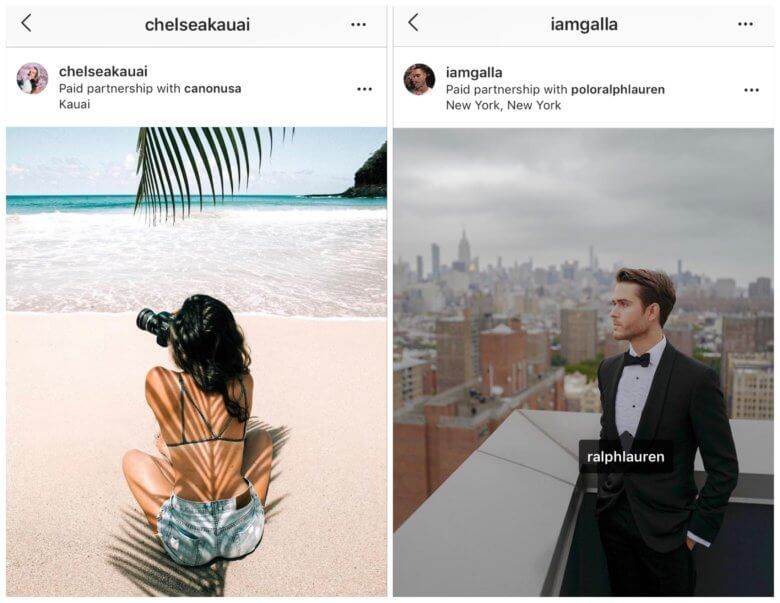It’s easy to watch ‘influencers’ from afar with lightly mocking expressions – of course, who doesn’t pity those with the pressure to perpetually contentify their lives – but influencing has taken a turn that’s penetrated the porous social media habits of everyone, from influencers to layman alike.

The world of influencing used to sit in its own neatly separated domain. Influencers inhabited a world of content creation, where every moment was curated, thought through and pre-meditated. You can spot them a mile off, painfully posing in front of scenes and vistas, snapping photos and rushing back to look at them while the faux-smiles evaporate from their faces.
On the other side of the coin sat ordinary people who had ordinary social media habits, like posting group mirror selfies, the occasional meal, nights out, some posed photos and some candid ones. What unites all of these images is that they’d typically just be a collection of images found on the phone. The sort of images that might’ve been loaded into a Facebook album back in the day. They were just images, really, full of memories and places and times worth remembering.
It’s no secret that the story in front of the camera is often very different to the one behind it, but that doesn’t matter: when done well, an influencer can create an aesthetic that other people emulate, earning them several thousand pounds in the process.
In 2017, so really at the beginning of all this, an industry expert quoted by Forbes estimated that 100,000 followers on Instagram should lead to roughly $1000 USD per post. Anecdotally, from several friends’ work in 2022, you can make around £1500 per post with half of that following – depending on the brand, of course.
The money certainly isn’t something to scoff at, and it isn’t like it isn’t justified. Amassing a substantial Instagram following is difficult. It requires a significant degree of patience, a lot of back and forths with the camera app, and an acute eye for detail. Aesthetic creation is, after all, an art form, despite being one that pages like @influencersinthewild deservedly mock.

However, there’s a problem bigger than just looking silly: these sorts of behaviours are emulated the world over, to the point that almost all of a certain generation’s social media habits – both the presentation of the images and videos and the processes behind them – are consistently curated. Posts on Instagram are highly considered string of images, with tags to moodboards, pages and mentions. And the pressure is worse when anyone works in a vaguely artistic realm, where social media works as a substitute for a website and overtakes the spontaneity of communicating with friends.
This results in disastrous consequences, from hilariously naive and idiotic mistakes that amateur influencers make, such as promoting questionable destinations in order to get free things, using platforms to give ill-thought-out economic advice, and generally just offending locals during travels, to more serious mental health issues that can be debilitating in daily life, and in the worst circumstance, have been cited as the reason for strings of suicides.
The key point is that these pressures don’t just affect ‘influencers’ as some sort of separate category or group. The demands of social media impact everyone who cares enough to curate an online version of themselves. The slow absorption of influencer-style behaviour into everyday social media habits undermines the notion that only explicit influencers – people who make money from it – are under pressure to create. Everyone is susceptible.
Ultimately, the distinct boundaries that made it easy to laugh at or distance ourselves from influencer-style behaviour aren’t really distinct. Sure, there are some very obvious influencers, with both positive and negative effects. There’s empty-headed shit-talkers who grace ITV and Saturday morning talk shows to endorse their latest fast fashion collaborations, and then there’s community-based influencers who use their expertise on subjects to open up dialogue and discussions. But essentially, both of these groups of people are united in the way they build up followings and interact with the world, and these traits have the unfortunate consequence of seeping into the behaviours of everyone who has an interest in curating their online self.
